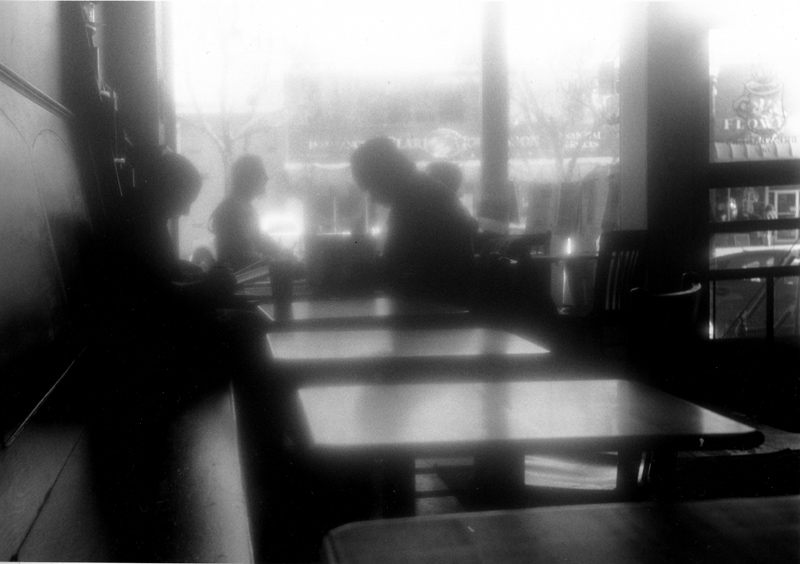greg zinselmeier
Member
Good morning,
I was hoping you might be able to lend some thoughts on: comparing 2 lens of same manufacturer, same focal length. Let's say this lens covers an 8x10. One lens has slight haze. and one with no flaws. lets say its 8x10 negative shot in the same camera using one negative with one lens, and another negative using the other lens. , etc . . .. b&w, same processing of film, and contact printing, each printed on a seperate sheet for comparison, same type of paper, same developer, same processing. Would any one be able to tell the difference? seeing them side by side? would someone be able to say looking at the one print made from the lens with slight haze and say "there is something wrong with that print! it sucks!!
How does haze from a lens effect the final print? lower contrast, by how much? can't that be corrected with dev. times. or contrast filter?
Has anyone done a comparison side by side or what. . . .?
Can any one scan in image shot with a hazy lens?
My personal opinion, , , , ,I think Its all "Talking points" in selling. "the Confidence gane" bend their arm/ and/or break their knuckles for sub par equipmen ! get it for a lower price!!!
my suspicion is not much, but i do not have alot of experience on this matter to confirm or denie my gut feeling.
In these matters and I am asking you ( PHOTRIO) what is your professional opinion. I thought the severity will effect contrast?T/F?
but what about sharpness?
If I contact print , a POP like a salt print, or using a modern paper by developemnet will i see it ?
Will I feel ashamed because I bought and /or use sub par equipment ( joke)
what about moderate haze and heavy haze? does haze get worse over time? I heard fungus over time spreads, but what about haze? what cause haze? is it from oxidation of . . .. ( something) i.e. grease? or what?
I appreciate a few words of wisdom and guidance? for using a" known lens" that has "haze" . . .. .
I was hoping you might be able to lend some thoughts on: comparing 2 lens of same manufacturer, same focal length. Let's say this lens covers an 8x10. One lens has slight haze. and one with no flaws. lets say its 8x10 negative shot in the same camera using one negative with one lens, and another negative using the other lens. , etc . . .. b&w, same processing of film, and contact printing, each printed on a seperate sheet for comparison, same type of paper, same developer, same processing. Would any one be able to tell the difference? seeing them side by side? would someone be able to say looking at the one print made from the lens with slight haze and say "there is something wrong with that print! it sucks!!
How does haze from a lens effect the final print? lower contrast, by how much? can't that be corrected with dev. times. or contrast filter?
Has anyone done a comparison side by side or what. . . .?
Can any one scan in image shot with a hazy lens?
My personal opinion, , , , ,I think Its all "Talking points" in selling. "the Confidence gane" bend their arm/ and/or break their knuckles for sub par equipmen ! get it for a lower price!!!
my suspicion is not much, but i do not have alot of experience on this matter to confirm or denie my gut feeling.
In these matters and I am asking you ( PHOTRIO) what is your professional opinion. I thought the severity will effect contrast?T/F?
but what about sharpness?
If I contact print , a POP like a salt print, or using a modern paper by developemnet will i see it ?
Will I feel ashamed because I bought and /or use sub par equipment ( joke)
what about moderate haze and heavy haze? does haze get worse over time? I heard fungus over time spreads, but what about haze? what cause haze? is it from oxidation of . . .. ( something) i.e. grease? or what?
I appreciate a few words of wisdom and guidance? for using a" known lens" that has "haze" . . .. .












